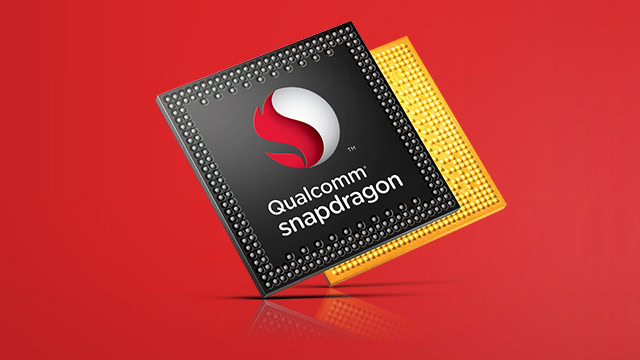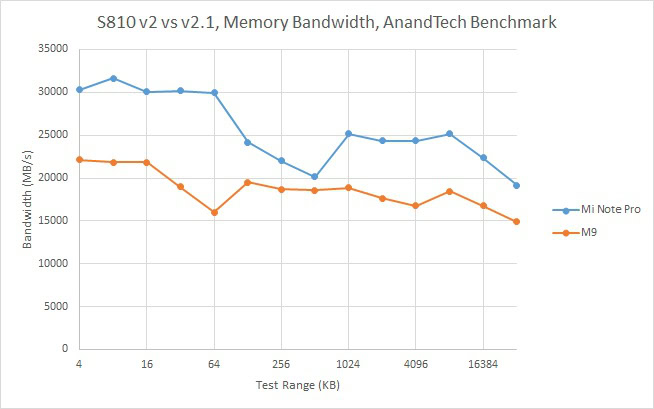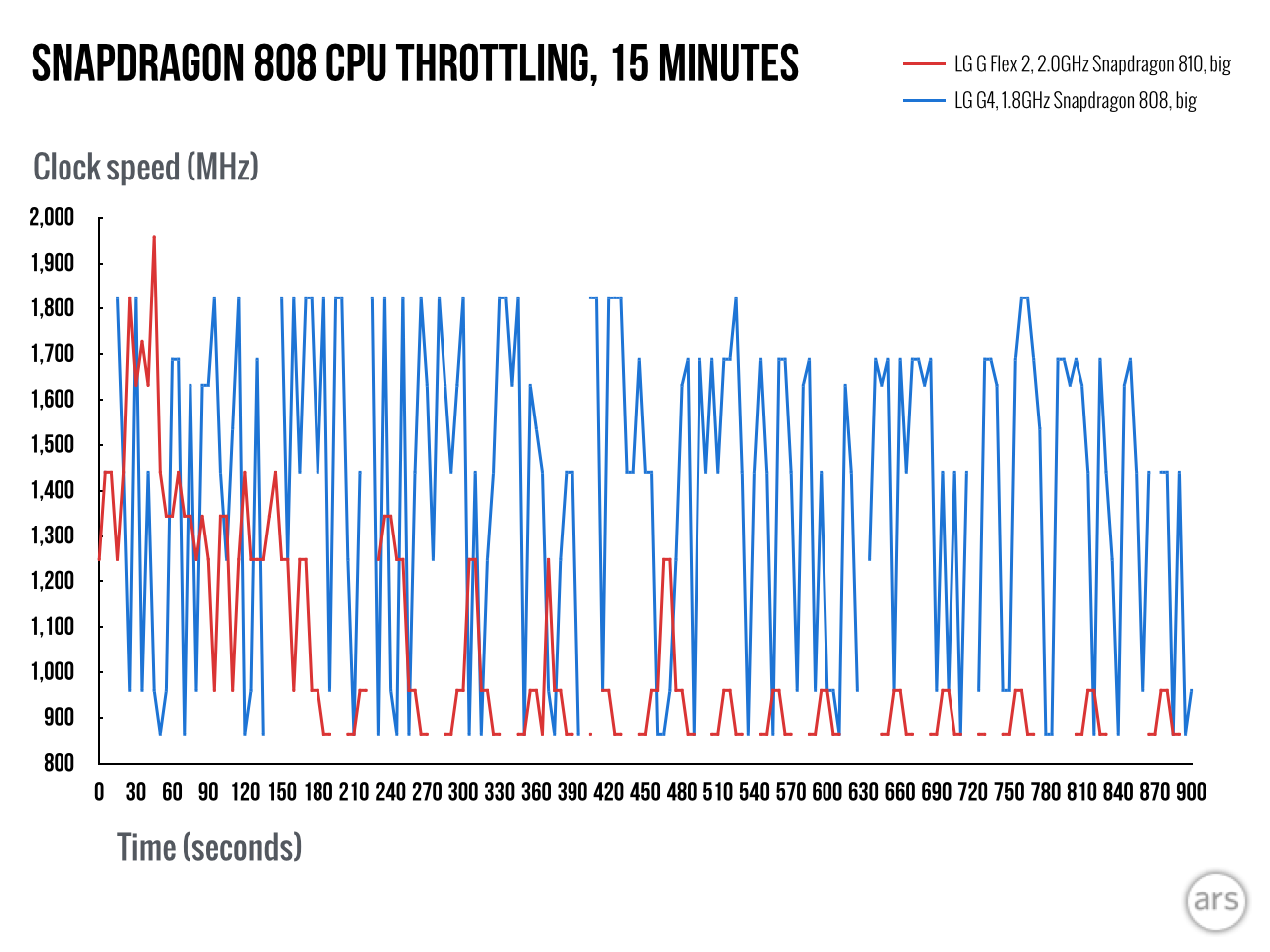Affiliate links on Android Authority may earn us a commission. Learn more.
Here's what's new with Qualcomm's Snapdragon 810 v2.1

Some methodical digging around in some kernel sources has revealed that Qualcomm has developed a new 2.1 version of its contentious Snapdragon 810 mobile SoC. Throwing further fuel on the speculative fire that something is not quite right with Qualcomm’s flagship processor.
If you’re not familiar with the saga by now, the gist of the story is that various industry sources, observers, and tests have suggested that the Qualcomm Snapdragon 810 runs too hot and/or throttles its peak speeds under heavy loads. Just how problematic this is is still being debated.
The folks at AnandTech have done a little digging into version 2.1 and have come up with some very interesting performance results.
Before we delve any deeper into the Snapdragon 810 v2.1, it should be noted that a processor revision in and of itself is not an admission of a fault or problem. Nor does it mean that such a problem has been fixed. Qualcomm has made similar revisions in the past with its Snapdragon series, such as the Snapdragon 801 8274-AB and AC models, simply refining the design further or adding in some new features.
The new v2.1 chip has recently appeared in the Xiaomi Mi Note Pro and the Sony Xperia Z4 (Z3+)
It was the v2 chip that shipped in the first Snapdragon 810 devices, including the LG G Flex 2 and HTCOne M9. These have shown some signs of performance throttling in order to avoid overheating, but performance updates have been issued which suposidly address any problems. The new v2.1 chip has recently appeared in the Xiaomi Mi Note Pro and the Sony Xperia Z4 (Z3+).
Performance Improvements
First up, there appears to have been a mild clock increase to the GPU with version 2.1. The Adreno 430 now runs at 630MHz, representing a 5 percent increase in performance over the older 600MHz clock. No doubt this is an effort to close the gap on the impressive GPU performance boasted by Samsung’s Mali-T760 MP8 powered Exynos 7420.

Memory latency in the chip’s L1 and L2 caches appears to have been improved by around 15 percent compared with v2, but DRAM latency remains pretty much the same. However, overall memory bandwidth has seen a more consistent improvement in performance, showing around a 33 percent increase in the main memory and an average 38 percent across all memory segments.
This was one area that there was definitely room to improve over the v2 chip, considering that Qualcomm made the move over to LPDDR4 RAM. This new update should see the SoC put in an even better performance when moving large chunks of data to the main memory, such as when recording and processing high resolution video content.
What about the throttling?
Testing found that there was “noticeably less throttling on the A57 cluster” in the latest revision but the effect is still present in order to keep the cores within their TDP limits during heavy workloads. All threads can still be forced off the A57 cluster if the temperatures increase too much, but things look to have improved with v2.1.
Unfortunately, we can’t see by exactly how much things have changed between v2 and v2.1, so we’ll have to wait for further testing to see how this affects real world performance. Judging by the issues facing Xperia Z3+ owners and Sony’s questionable response, there are still some noticeable persisting problems.

It is also possible that subtle design differences between the two tested handsets (the One M9 and Mi Note Pro) are also enough to affect throttling by a perceivable margin. In other words, throttling may manifest differently depending on the smartphone design. Cooling, or lack thereof, is a big part of this issue and more spacious handsets may not throttle has much. There are still a few gaps left to fill in.
In summary, v2.1 adds some minor improvements to the Snapdragon 810’s GPU and memory performance, but the revision doesn’t appear to have completely addressed CPU throttling, despite noticable improvements. Difficult to spot changes like these are sure to continue to add to the lack of consensus about whether the Snapdragon 810 is a suitable chip for mobile. The Snapdragon 820 can’t arrive soon enough.